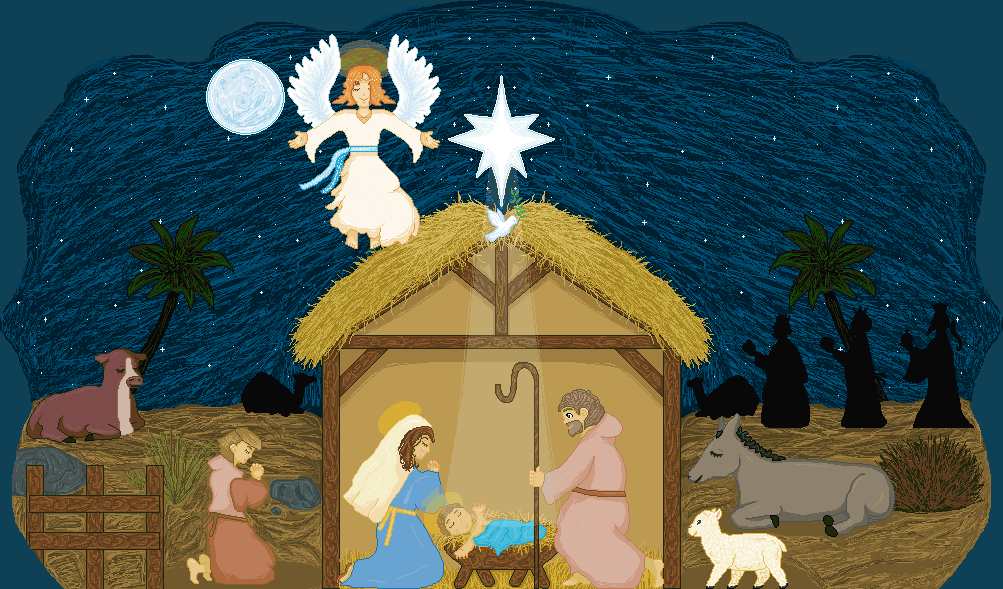There are a lot of reasons to do a Young Life banquet. Here are a few: a thank you, a night of information, communication of our mission, raising funding, raising awareness, valuing leaders, giving kids a chance to shine, education, lifting up Jesus, sharing the gospel, celebration, a “stockholder” annual meeting, sharing vision and strategy, growth plans and I am sure I am leaving many out. (Ping me the ones I missed!)
But, for today, I just want to share the two partnering reasons for banquets to think about as you plan: funding and impact.
Funding
Let’s be honest, most area directors know that the annual banquet is all about raising necessary funds to keep adding fuel into the tank so we can reach more kids for Christ. It’s a huge component of the night, and having spoken at more than 150 banquets, here are a few thoughts I have regarding this key focus of a banquet.
Funding should be sprinkled throughout the night, not just in the pitch. People need to know long before they ever step foot in the banquet hall that this night is about raising funds to enhance the mission of Young Life. It could be as simple as having it stated on all of the materials and publications that go out with phrases like “Annual Fundraising Banquet.” You also might talk about this with your table hosts so that we are inviting the right people who would want to financially invest if they knew. You also can sprinkle funding into how people talk at the event. It could be as simple as every person who takes the stage (leader, kid, committee) comments on how grateful they are that “You all came tonight and are considering how you might invest in this great mission.”
Impact
Why does Young Life exist? We exist to introduce adolescents to Jesus and help them grow in their faith. So, this needs to be the focus of the night. Focus on the impact we are making. This can happen in materials on tables, videos shown, people who get up front, the area director’s “area report” session, and certainly the testimonies given. The kids who share their testimonies need to be evidence of our mission statement. These need to be sharp, worked with, and focused on communicating how Young Life made an IMPACT.
I went to a banquet in the fall where the testimonies were a miss. The testimony might have been a great testimony for the church, or this person’s love of their friends, but it did not show a kid that came into contact with Young Life and was IMPACTED.
You can convey impact at multiple points in the night. One of the best moments of a banquet is the student, or leader, or parent who can communicate IMPACT. Another spot to share impact is in the area report session, where an AD can look back at where they have been, where they are, and where they are going.
I think that if a banquet team puts on the lenses of funding and impact as they plan out a banquet, it can make a huge difference. As the banquet and event unfold, and decisions are made about timing, food, buffet, plated, who speaks, what we do for the skit, what is on the table, and the rubric of FUNDING and IMPACT are utilized, it can make a huge difference.
Let me know if I can assist or you have more to add. Bless you all as you move into the fall and the “banquet season”!
Written By Eric Scofield (escofield@sc.younglife.org)












